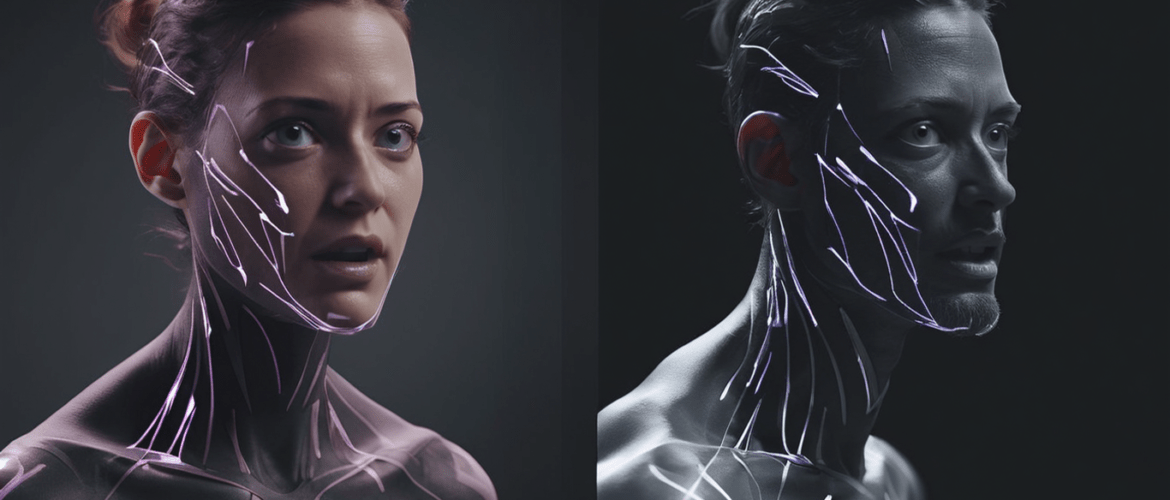The Evolution of Motion Capture in VFX: From Avatar to the Present
Motion capture, often abbreviated as mocap, is a technology used in the film industry to capture the movements of actors and translate them into digital characters or animations. Over the years, motion capture has undergone significant advancements, revolutionizing the way visual effects (VFX) are created and enhancing the realism of CGI (computer- generated imagery) characters. In this blog post, we’ll explore the evolution of motion capture technology, from its early beginnings to its current state in modern filmmaking.
Early Days of Motion Capture
Motion capture technology traces its roots back to the 1970s when researchers began experimenting with methods for capturing and digitising human movement. Early systems relied on cumbersome and expensive equipment, such as reflective markers attached to actors’ bodies and multiple cameras to track their movements. While these early attempts were groundbreaking, they were limited in terms of accuracy and practicality.
Breakthroughs in the 21st Century
The turn of the century marked a significant turning point for motion capture technology, with advancements in both hardware and software paving the way for more sophisticated techniques. One of the most notable breakthroughs came with the release of James Cameron’s blockbuster film “Avatar” in 2009. The movie showcased groundbreaking visual effects, including the use of performance capture technology to bring the film’s alien characters to life. By combining actors’ performances with CGI animation, “Avatar” pushed the boundaries of what was possible with motion capture in VFX.
The Rise of Markerless Motion Capture
In recent years, markerless motion capture systems have emerged as a game-changer in the industry. Unlike traditional marker-based systems, which require actors to wear special suits and markers, markerless systems use computer vision algorithms to track movements directly from video footage. This approach offers greater flexibility and realism, as actors can perform freely without being encumbered by bulky equipment.
Integration with Virtual Production
Advancements in motion capture technology have also led to its integration with virtual production techniques, where filmmakers can capture live performances in real-time and see them translated into virtual environments. This allows for greater collaboration between actors and VFX artists, as well as more immersive storytelling possibilities. Productions like “The Mandalorian” have embraced this approach, using a combination of motion capture, virtual sets, and real-time rendering to create stunning visual effects on a television budget.
The Future of Motion Capture
Looking ahead, the future of motion capture in VFX appears promising, with continued advancements in areas such as machine learning, AI-driven animation, and real-time rendering. These technologies have the potential to further streamline the production process and push the boundaries of visual storytelling. As motion capture continues to evolve, filmmakers can expect even greater levels of realism and creativity in the worlds they create on screen.
Conclusion
In conclusion, the evolution of motion capture technology has transformed the way visual effects are created in the film industry. From its early beginnings to its current state of markerless systems and virtual production techniques, motion capture has become an indispensable tool for bringing digital characters and environments to life. As technology continues to advance, the possibilities for motion capture in VFX are endless, promising a future filled with even more immersive and captivating cinematic experiences.


Leave A Comment